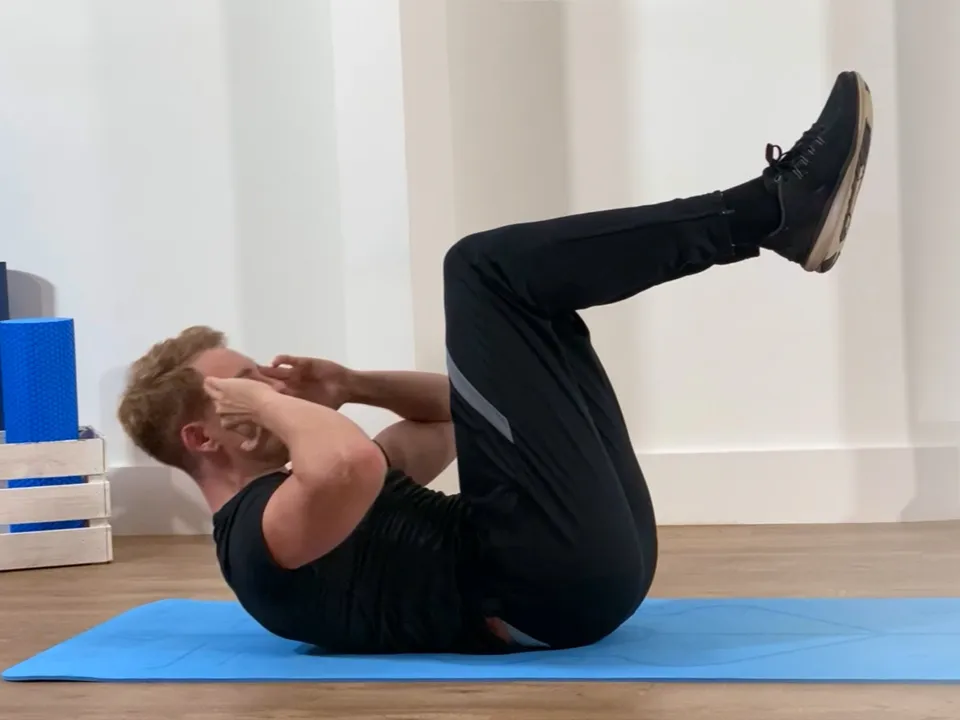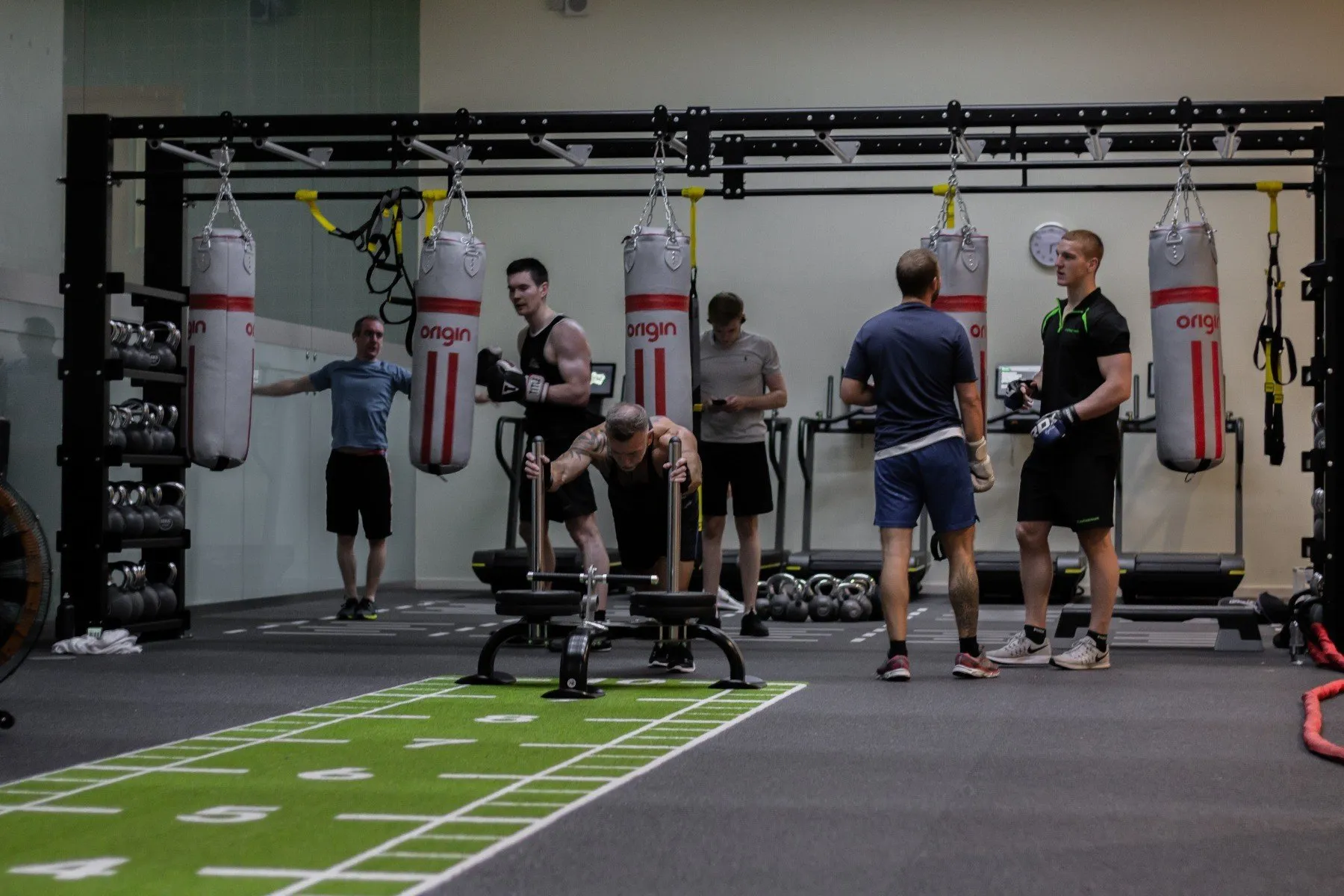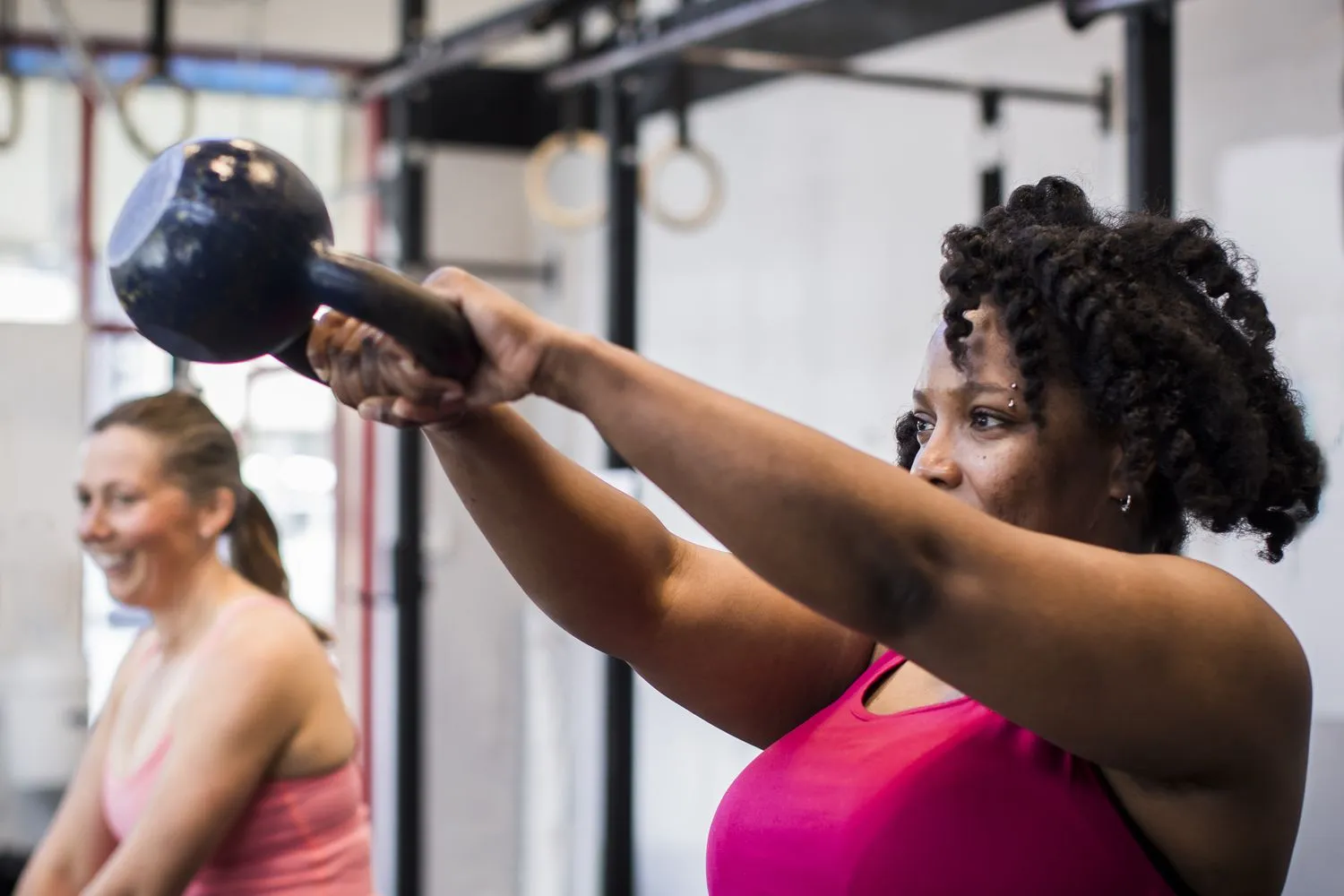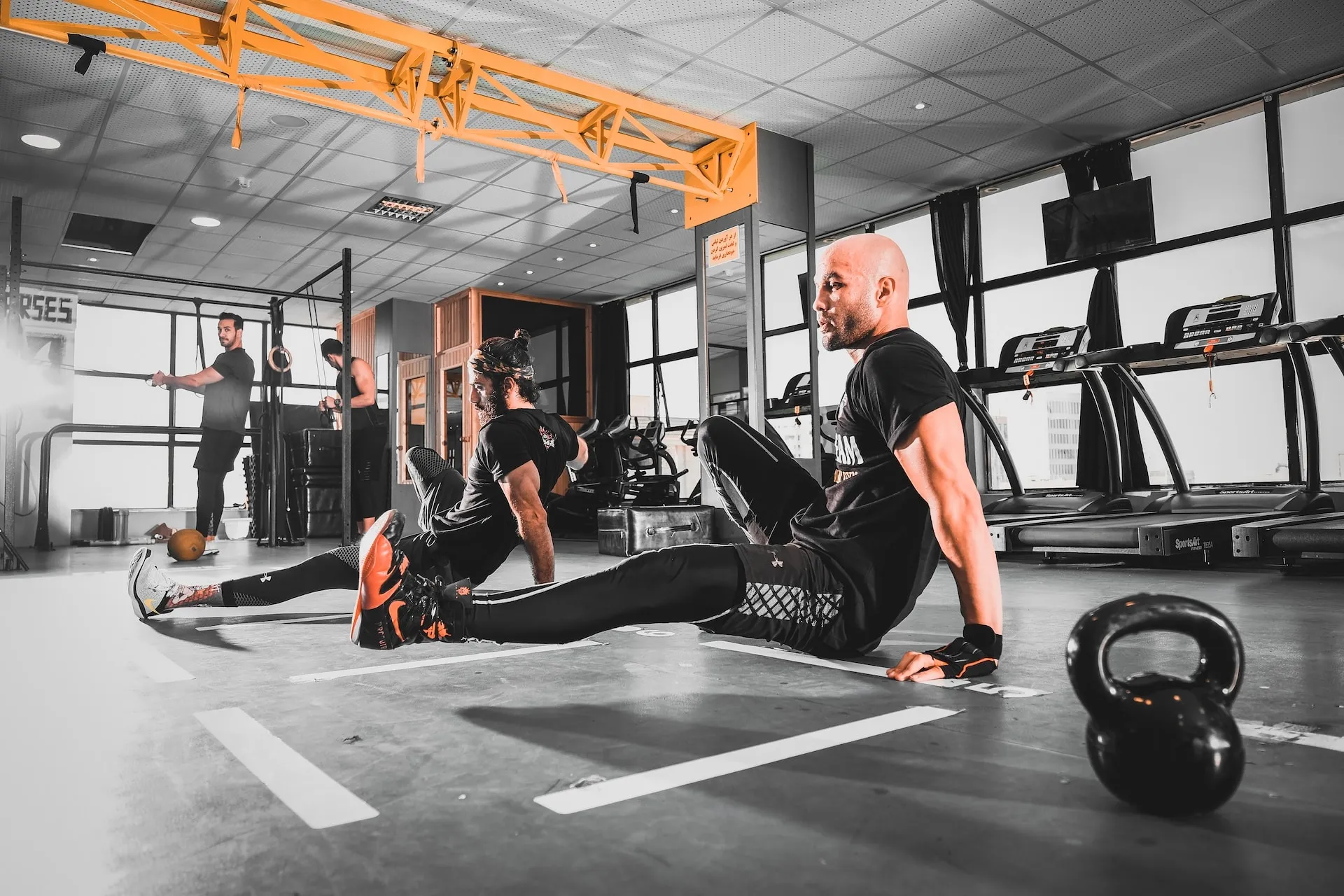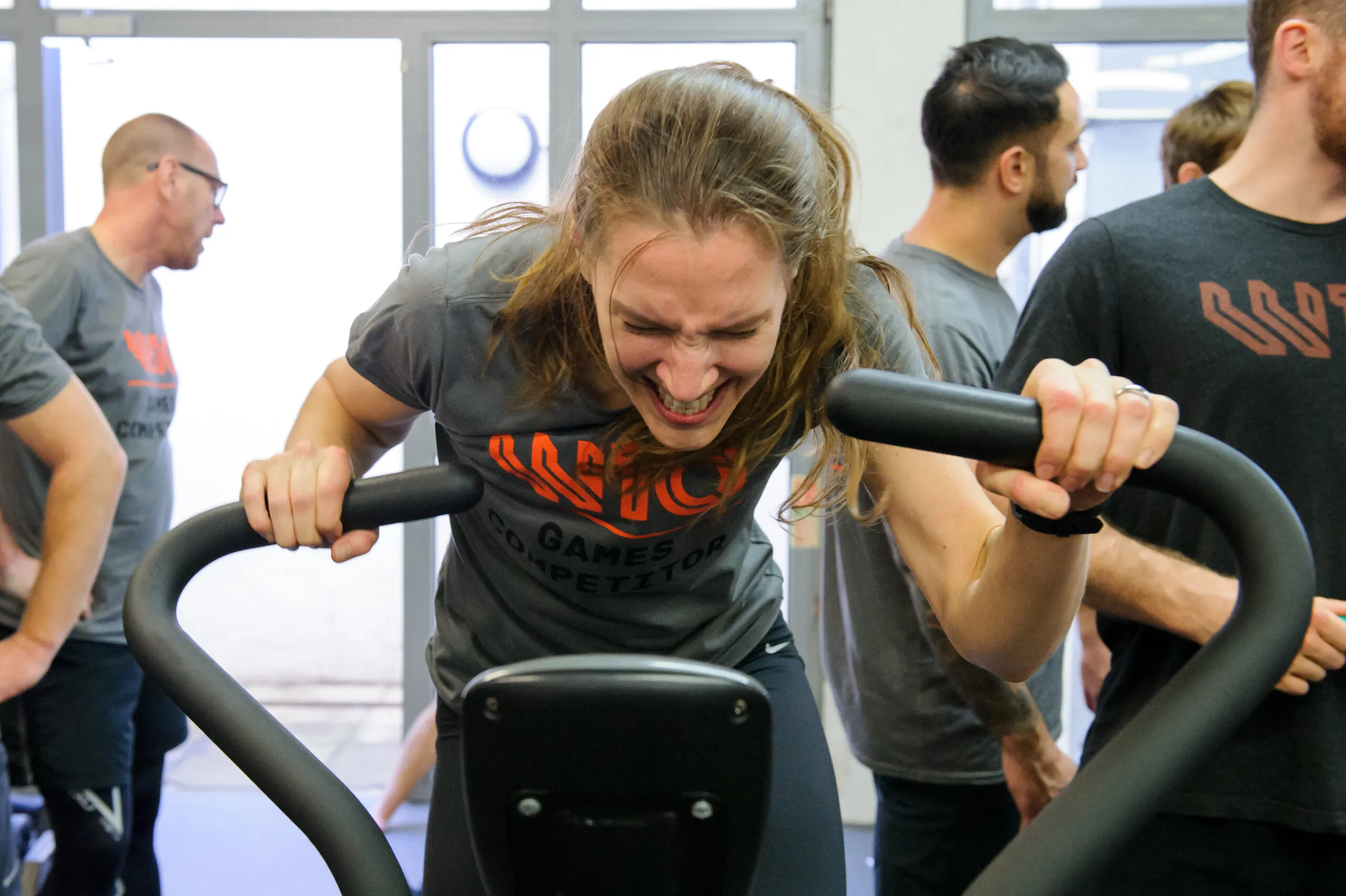If you have spondylosis of the lumbar area, you know how painful and uncomfortable it feels. Spinal osteoarthritis, or the condition, is a low back disorder which leads to stiffness, restricted movement, and persistent pain.
Worry not, though, since the correct exercises can alleviate signs and make things easier for you. Here, we will give you the best advice on lumbar spondylosis exercises, how they work, and what to do and what not to do.

Why Exercise Is Important for Lumbar Spondylosis
Exercise is crucial in the treatment of lumbar spondylosis because it:
• Strengthens the muscles that support the spine
• Increases flexibility and mobility, relieving stiffness
• Increases blood flow, promoting healing and minimizing inflammation
• Prevents continued degeneration by maintaining a healthy posture
However, not all so-called exercise is ideal for lumbar spondylosis sufferers. Suitable movements must be chosen, and correct execution can significantly improve relief from pain and spinal health.
Optimal Exercises for Lumbar Spondylosis
The following exercises are safe and beneficial in alleviating lower back pain and maintaining a healthy spine:
1. Pelvic Tilts
Pelvic tilts strengthen abdominal and lower back muscles, which support the spine better.
How to do it:
• Lie on your back with knees bent and feet flat on the floor.
• Pull in abdominal muscles and slowly arch pelvis up.
• Hold for a few seconds, then release.
• Repeat 10–15 times.
2. Cat-Cow Stretch
This stretch is used to improve the flexibility of the spine and reduce stiffness.
How to do it:
• Scoop down on hands and knees with hands under shoulders and knees under hips.
• Inhale and arch your back, raise head and tailbone (Cow pose).
• Exhale and round your back, tucking chin to chest (Cat pose).
• Do 10–15 times.
3. Knee-to-Chest Stretch
This stretch alleviates tension in the lower back and increases flexibility.
How to do it:
• Lie on your back with your knees bent and feet flat on the floor.
• Draw one knee up to your chest and clasp with both hands.
• Hold for 20–30 seconds and then change to the other leg.
• Do 3–5 times per leg.
4. Bridging Exercise
Strengthens the muscles of the lower back and abdominal muscles.
How to do it:
• Lie on your back with your knees bent and feet hip-width apart.
• Engage your abdominal muscles and push your hips off the ground.
• Hold for 3 seconds, then release to the starting position.
• Do 10–15 repetitions.
5. Seated Spinal Twist
This is a gentle twist that enhances spinal flexibility and reduces stiffness.
How to do it:
• Sit in a chair with both feet firmly on the floor.
• Shift torso to the side and rest against the chair.
• Hold for 20–30 seconds, then switch.
• Do 3–5 repetitions on each side.
6. Child’s Pose
This is a yoga stretch that releases tension in the lower back.
How to do it:
• Crawl on hands and knees and sit on heels.
• Bend arms out front and place chest down.
• Hold 20–30 seconds.
• Repeat 3–5 times.
Exercises to Avoid
Some exercises can exacerbate lumbar spondylosis. Avoid:
1. High-impact sports such as running or jumping
2. Heavy lifting that strains the lower back
3. Deep backbends or sudden twisting movements
4. Sit-ups and crunches, which strain the spine
Other Exercise Safety Tips
1. Warm up first to loosen your muscles.
2. Move slowly and carefully to avoid shocking your system.
3. Stop and listen to your body if you feel pain.
4. Use proper posture with all exercises.
4. Consistency is key; perform these exercises regularly for the best results.
When to See a Doctor
If you have severe pain, numbness, or weakness in your legs, see a doctor before starting any exercise program. Physical therapy may also be prescribed for customized training.
Final Thoughts
Exercise as a form of treatment for lumbar spondylosis is one of the best means of staying active and reducing discomfort. By including these calming stretches and exercises in building up your activity level, you will become more flexible, fortify your spine, and just feel healthier in general. Always speak with a healthcare professional before starting an exercise regimen to ensure that it’s safe for you.

